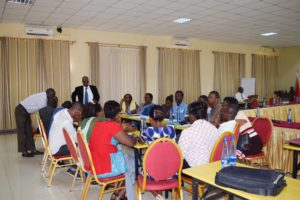
Journalists concentrated on the elaboration of the media action plan to raise people’s awareness of HIV/AIDS
“About 800 health centers have been created in the country to test AIDS, but few people come to benefit from the advantages offered by those health centers”, says Richard Manirakiza, deputy director of the National Program for fight against HIV and Sexually Transmitted Diseases –PNLS/IST.
This was said on 12 December during the media workshop organized by UNAIDS on information and appropriation of UNAIDS national strategy to enable journalists to develop a media action plan from 2016 to 2021.
Manirakiza says that even if the number of the people screened continues to increase, there is still a need for greater awareness of how to reach the three (90-90-90). “We want to meet the 90-90-90 global goal of mobilizing the population so that 90% of HIV/AIDS infected people know it, 90% of them be on effective and efficient antiretroviral treatment and 90% of them become undetected by 2020. Today, we have about 50,000 HIV positive people who are not in treatment for the disease”, he says.
“We must insist on HIV testing (90%), which is the gateway to both the treatment of people living with HIV and the prevention of new infections”, he says.
For him, the main obstacle to achieve this global goal is the lack of willingness of the population to be screened for HIV. “Journalists play a major role in sensitizing people to information on AIDS and access to health care”, he says.
The number of screening people has increased from 433,771 in 2010 to 694,189 in 2016, children aged between 0-15 infected with HIV / AIDS have decreased from 16,596 in 2014 to 11,975 in 2016 while people living with HIV / AIDS in ARV treatment have increased from 22,735 in 2010 to 47,979 until June 2016.
Journalists who participated in the workshop elaborated an action plan on what should be done to raise people’s awareness of HIV/AIDS through their media groups that will be funded by UNAIDS in collaboration with the Red Cross and the Ministry of Public Health.

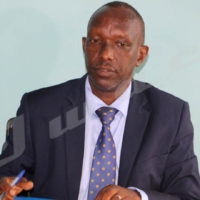
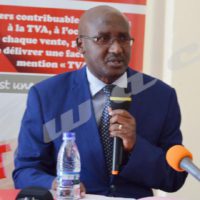

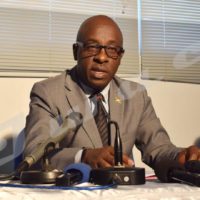
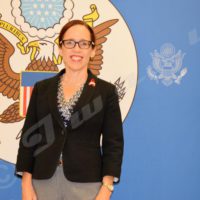













 IWACU Open Data
IWACU Open Data

